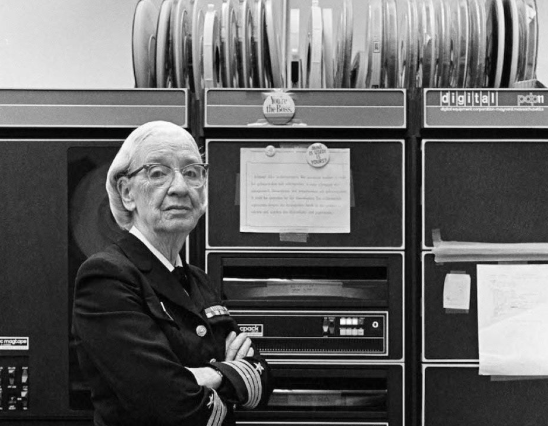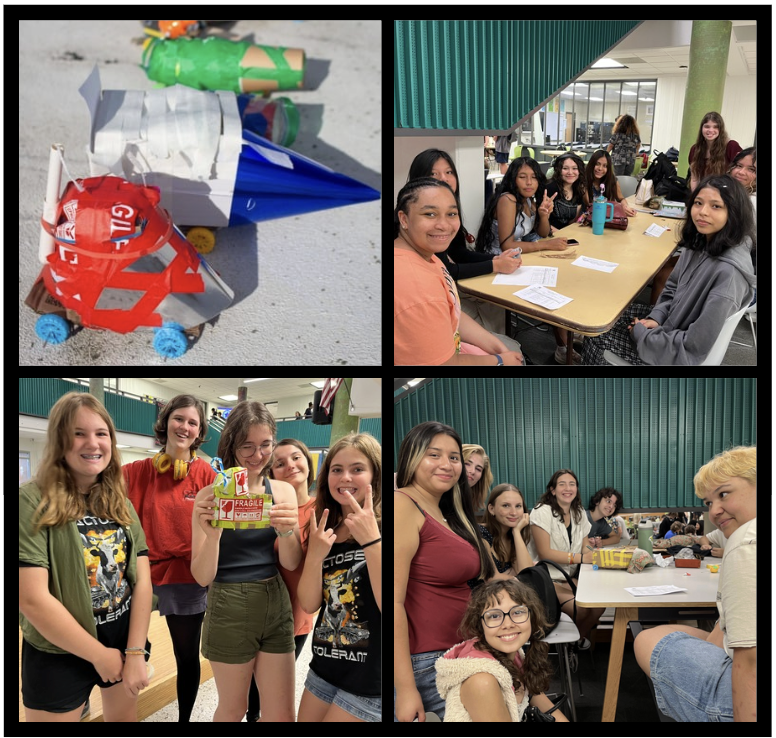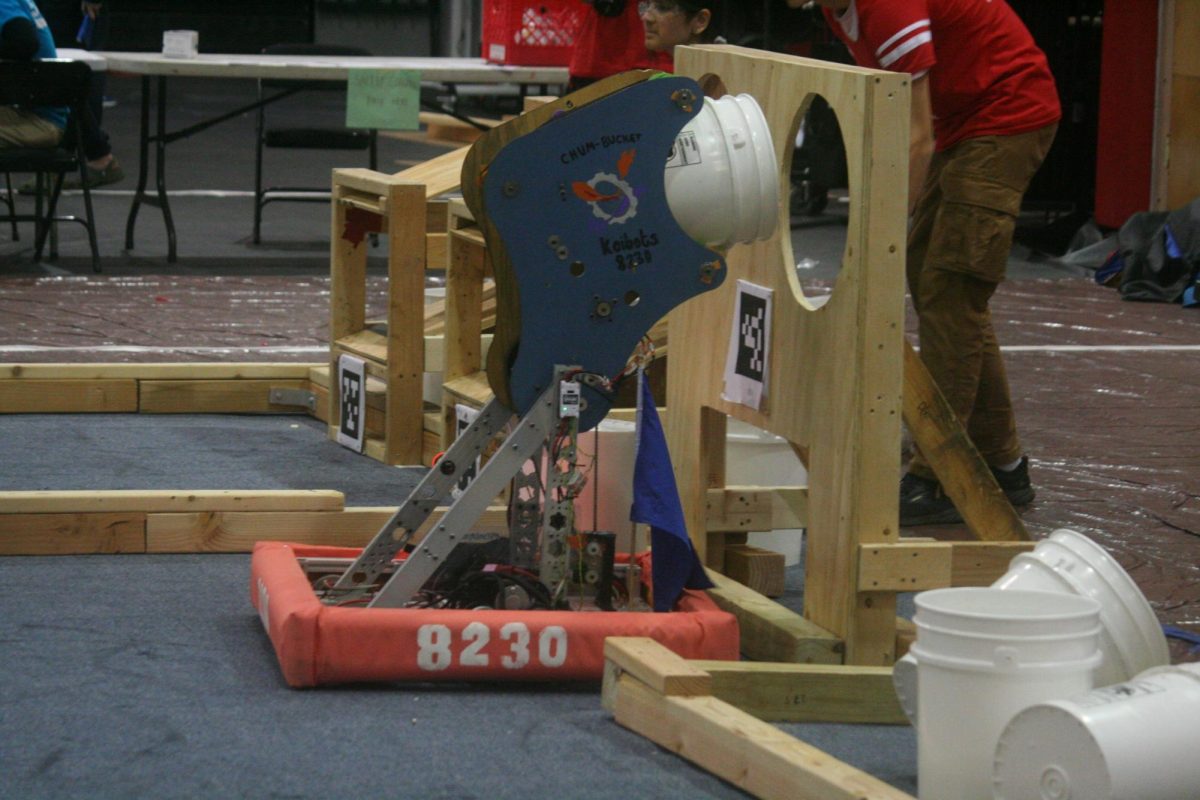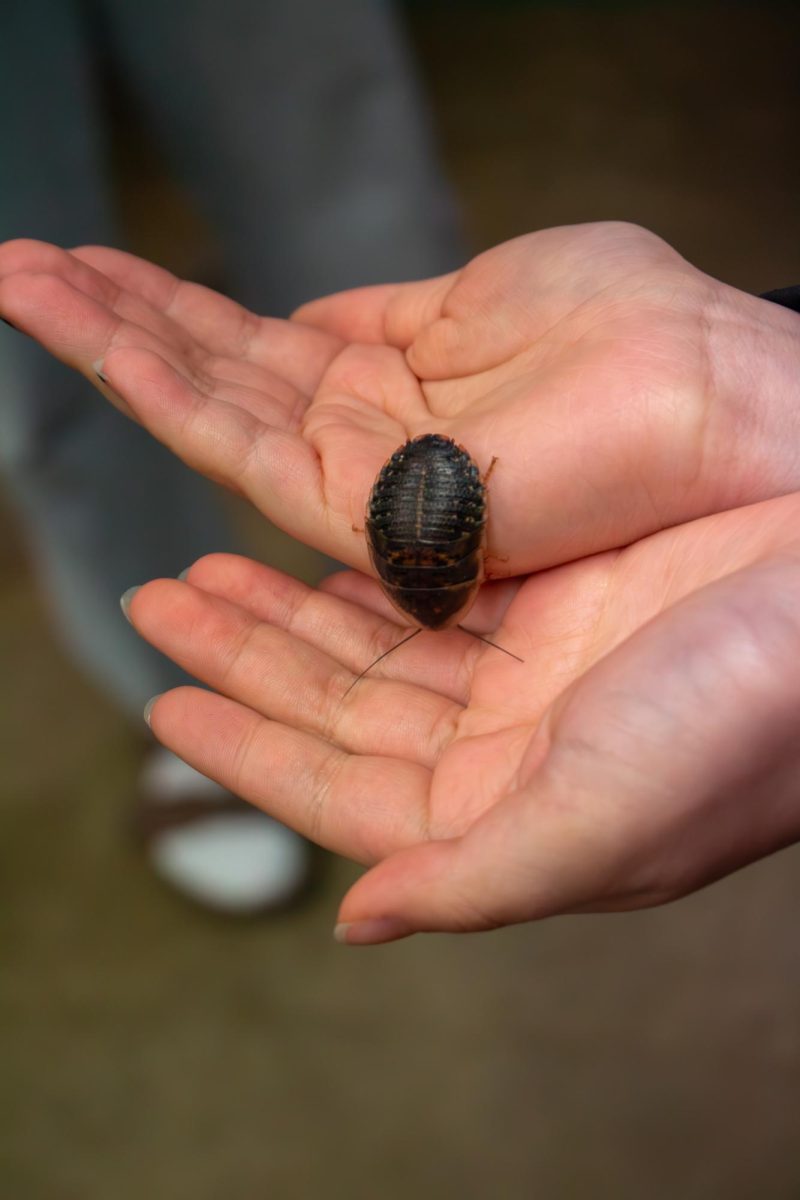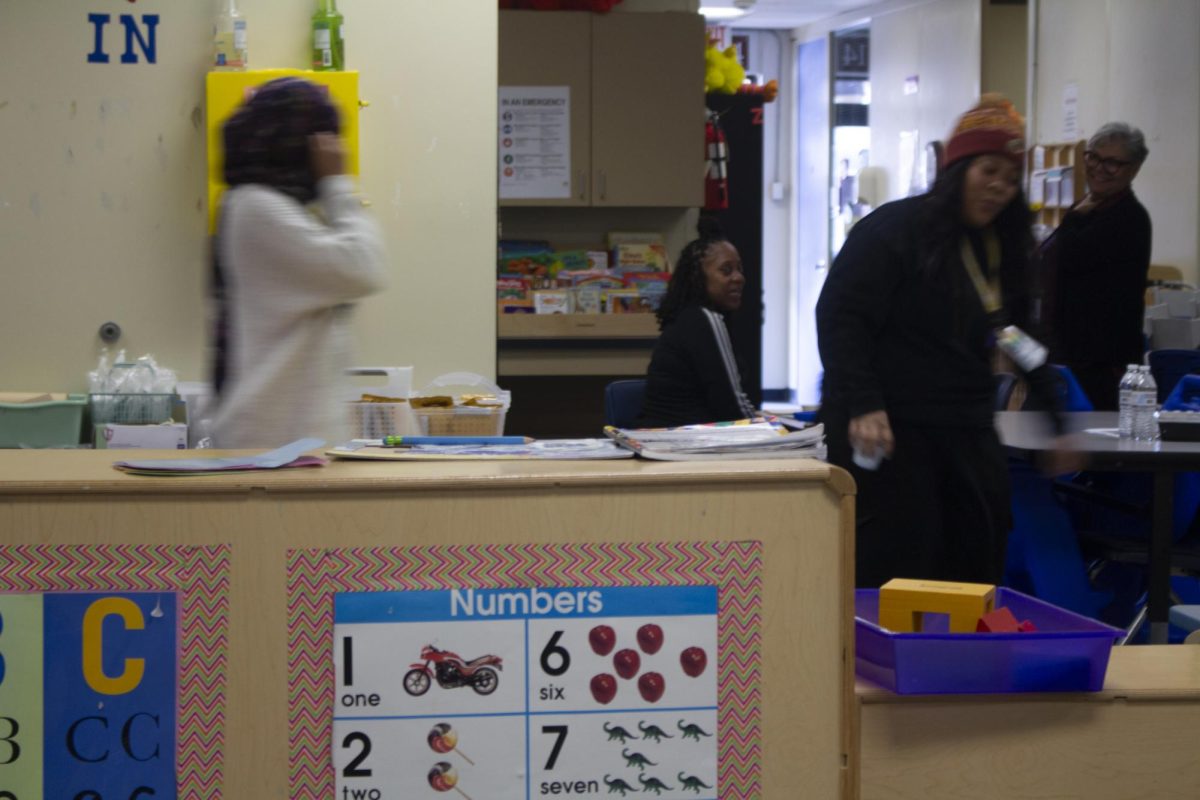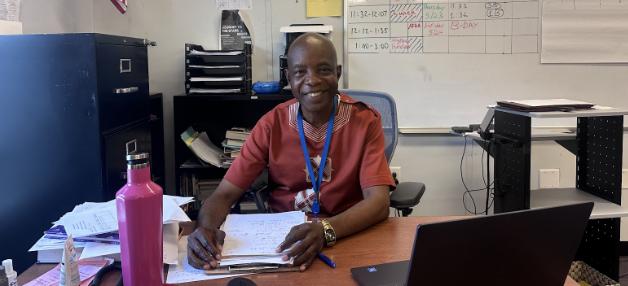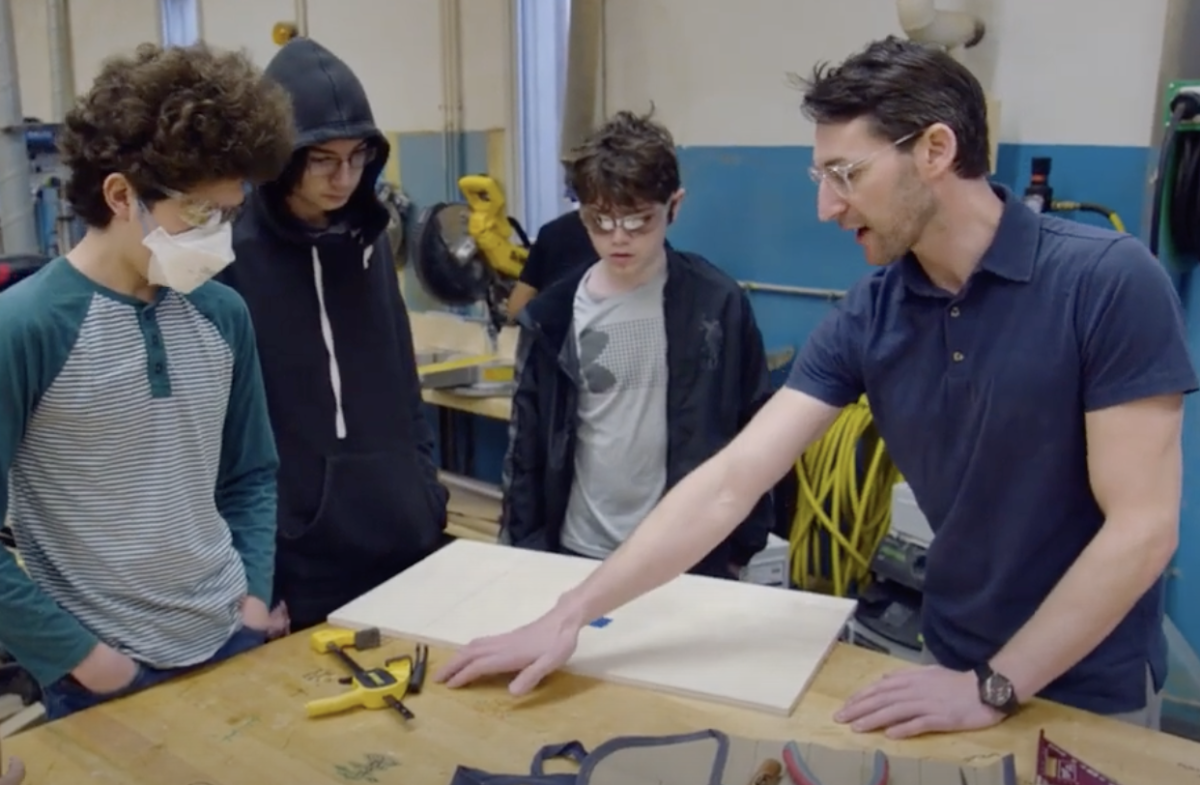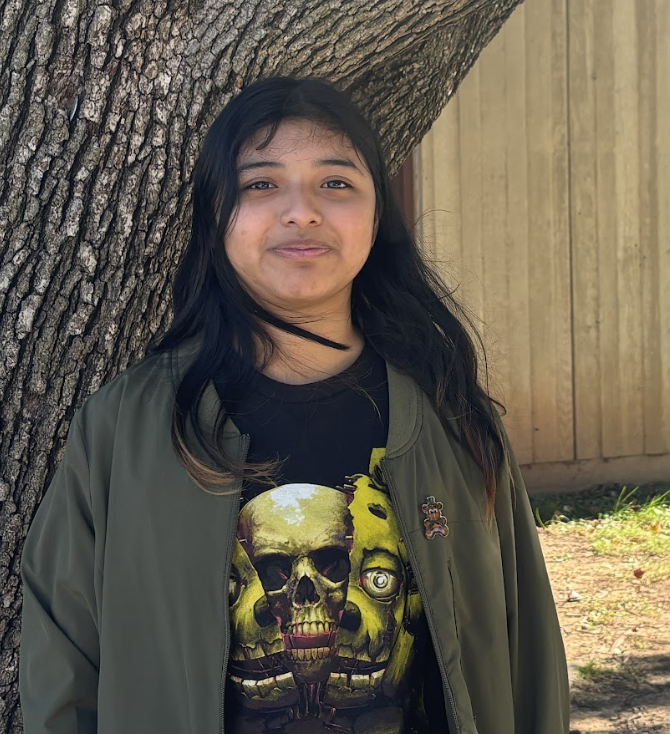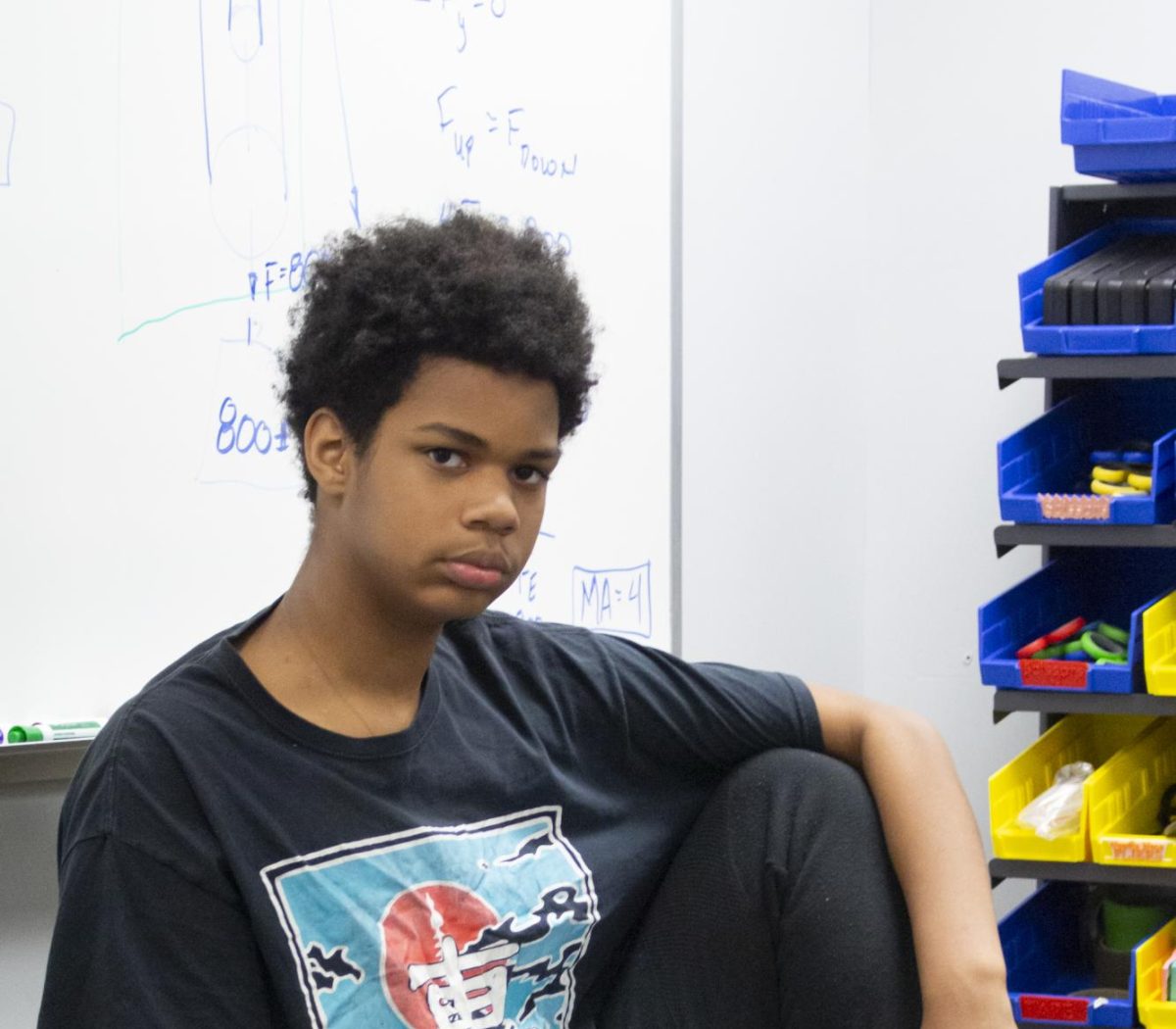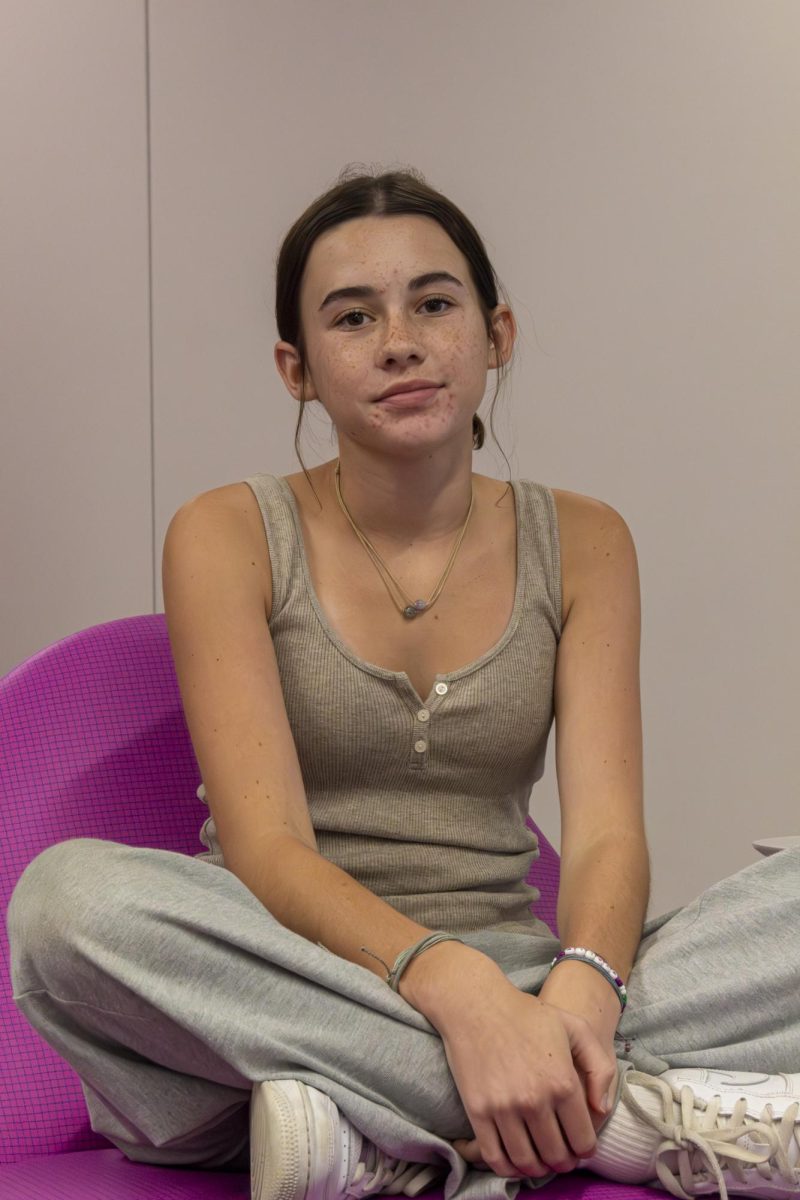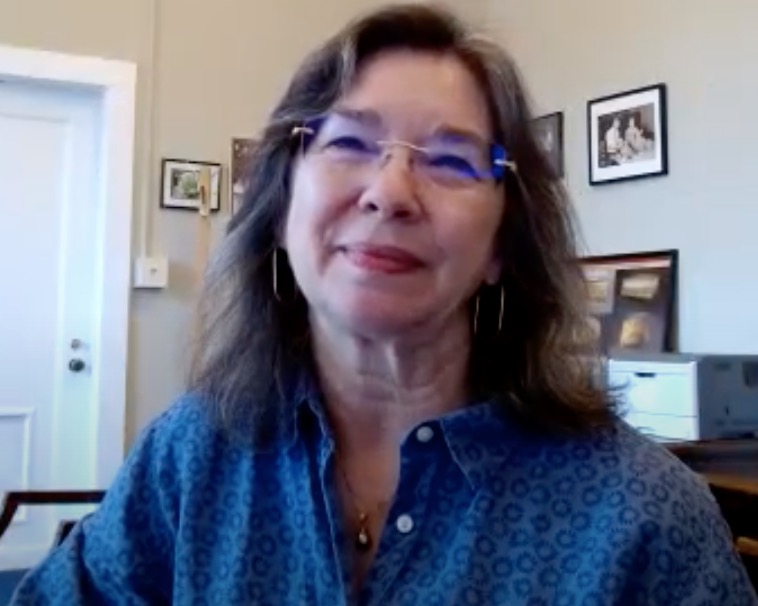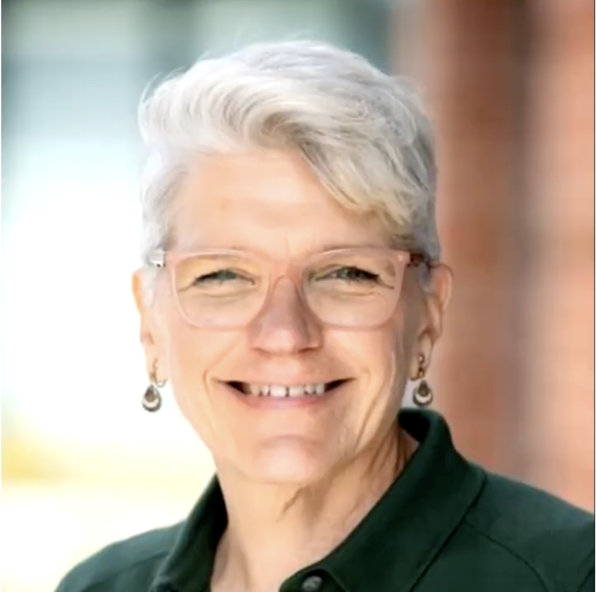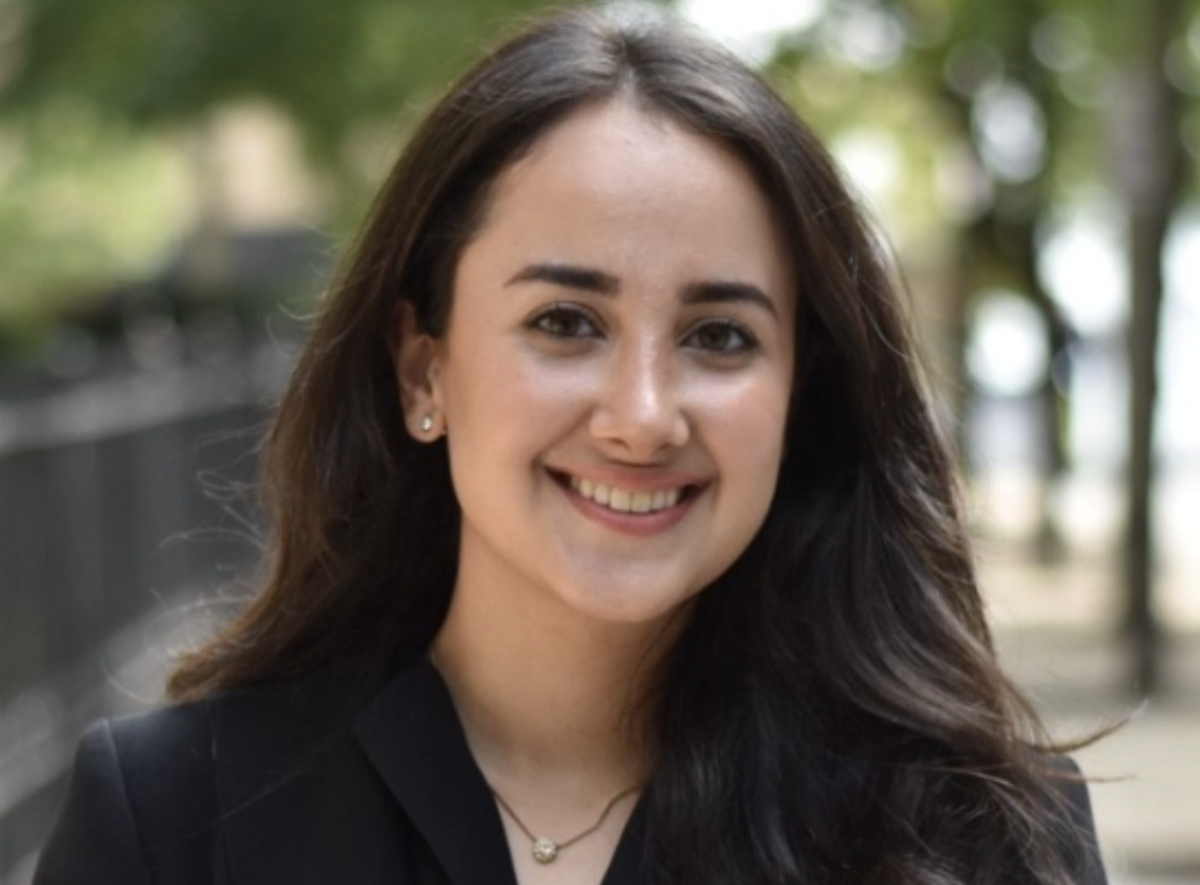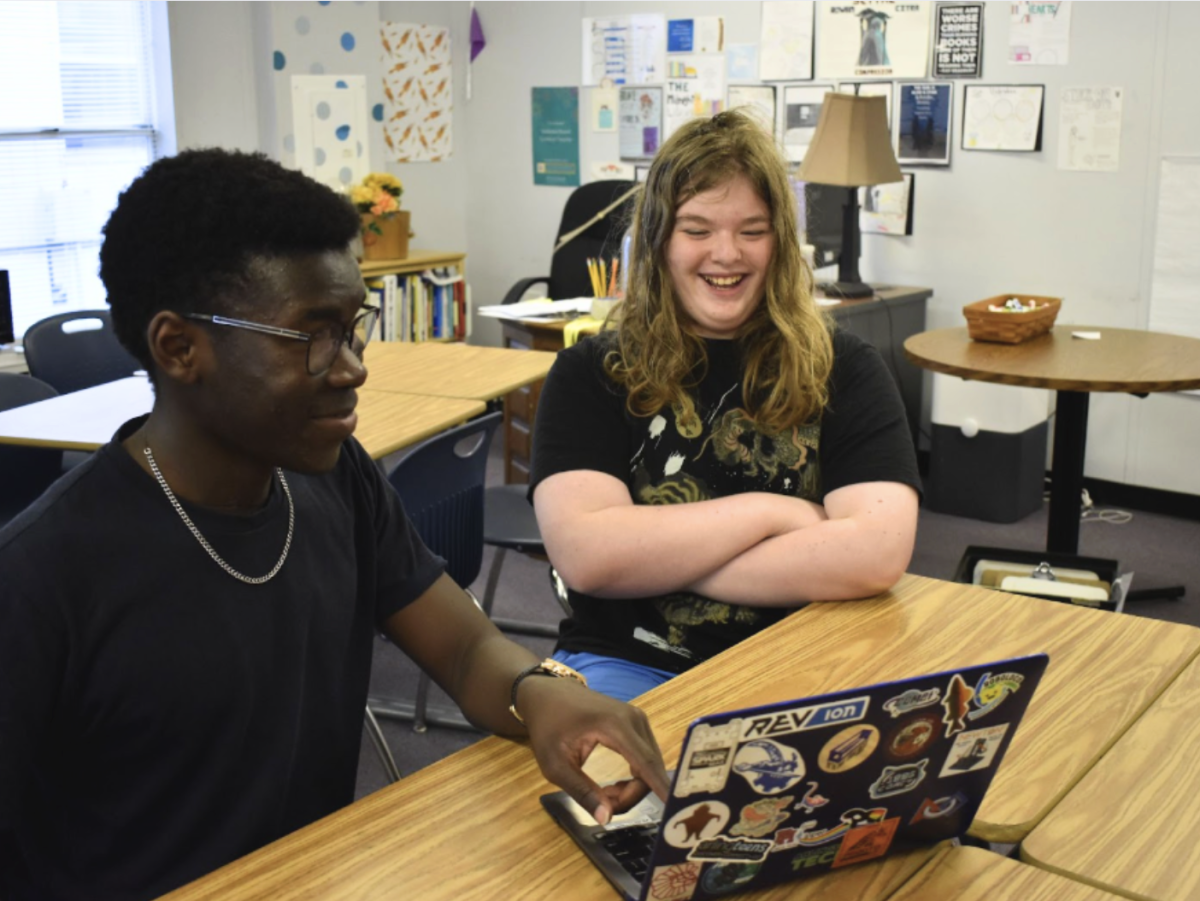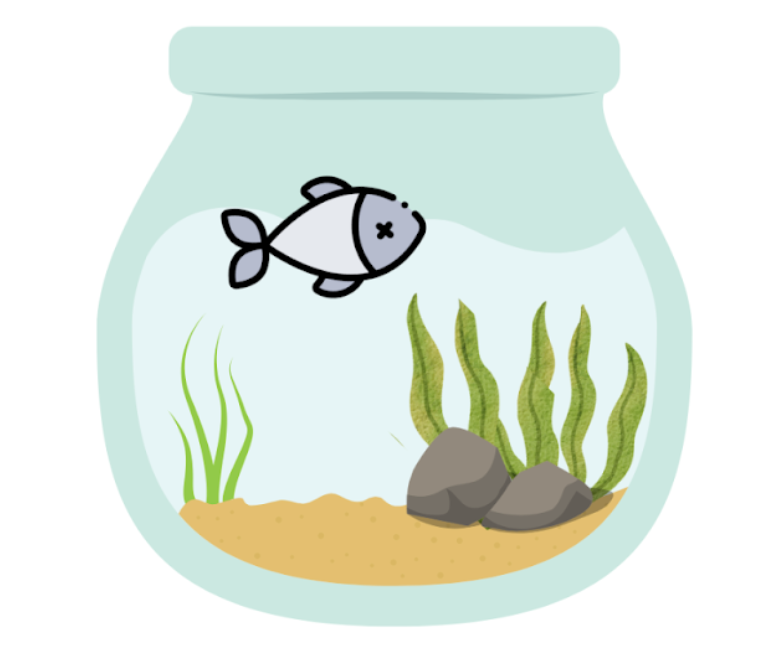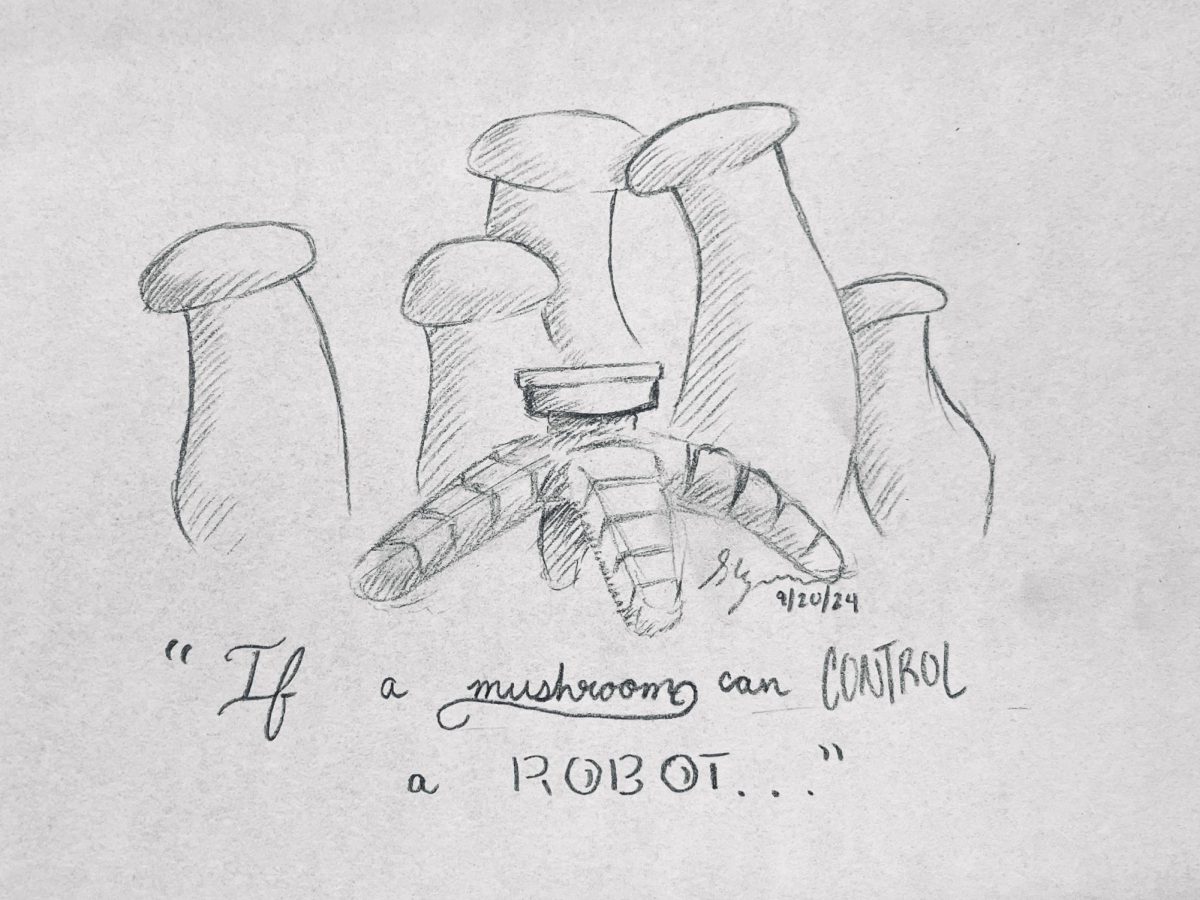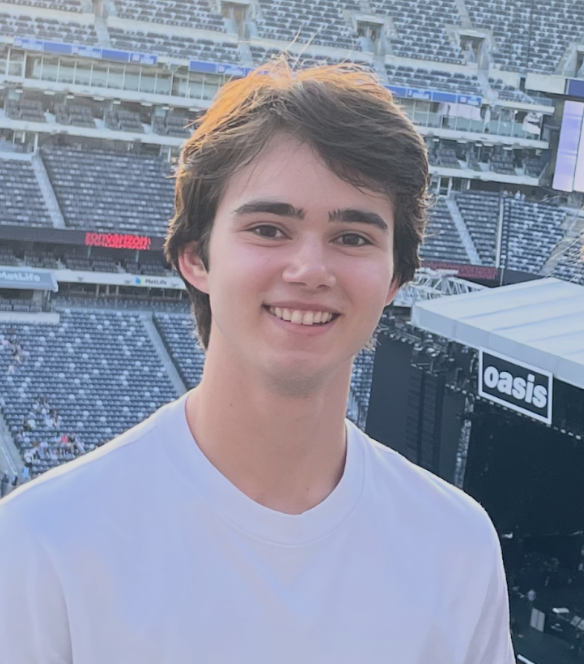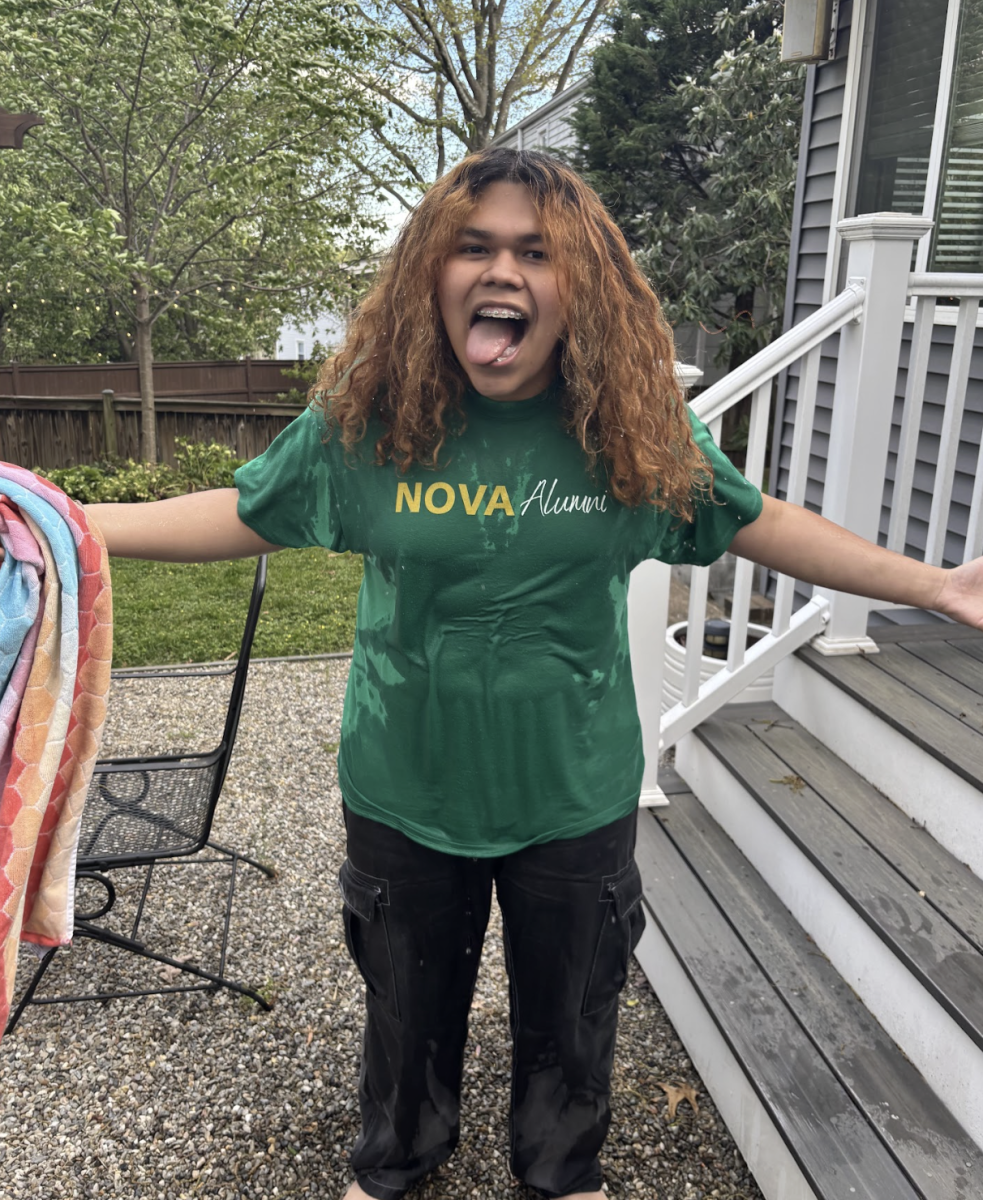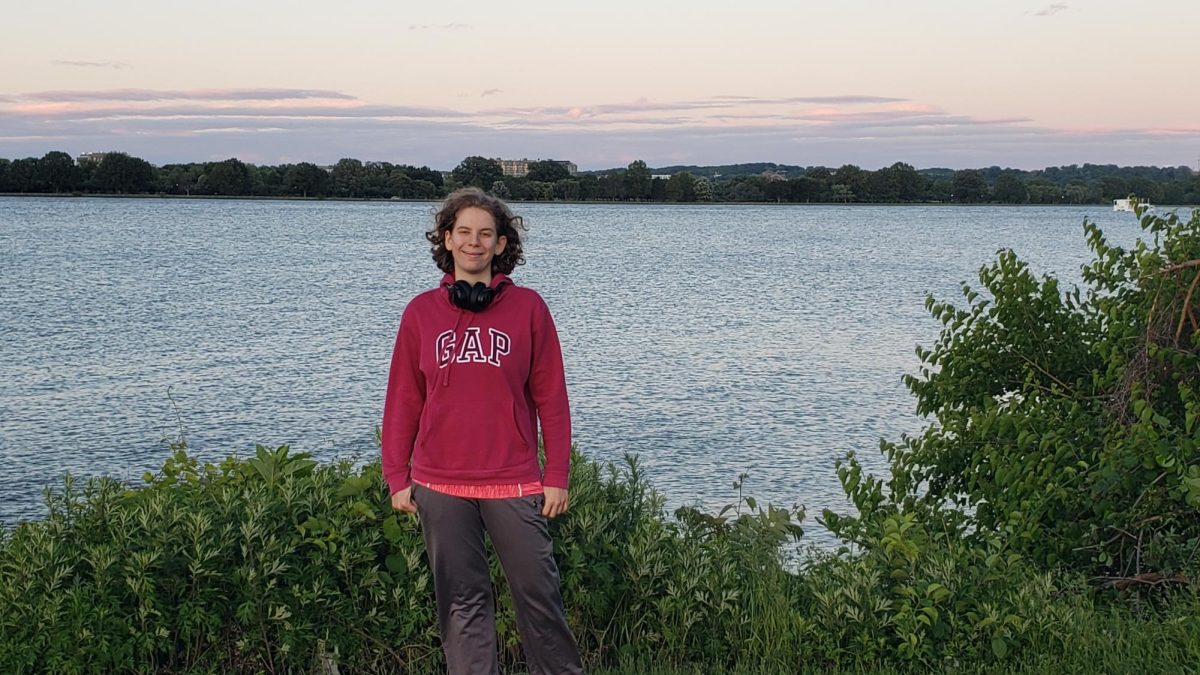
Arlington Tech has no sports fields besides the field next to Montessori, and we definitely don’t have a pool to swim in. This didn’t stop senior Joey Madigan from breaking Wakefield’s 500-yard swim record, though. As any swimmer would tell you, swimming is no easy task. It takes much more than just muscles; it also takes perseverance, especially in the 500-yard race. A competitive swimming pool is 25 yards across, so 500 yards is 20 laps. On top of this distance, the swimmer is also tasked with keeping track of their laps in their head, which is not easy.
Joey started playing water polo at 11, and he only got better from there. He’s gone to the Junior Olympics multiple times and won gold in 2019 in Texas. “But this was different,” he said “I’ve always known I’ve been good at water polo, but swimming competitively is a different beast—you wouldn’t expect a soccer player to be great at track.” Though Joey didn’t make it to States without training, for years he’s been going to the pool and swimming six days a week. It paid off. When Joey got out of the pool and looked at his time, he realized he was six seconds off of Wakefield’s 500m swim record. While six seconds is quite a lot—he qualified with under 10 milliseconds to spare—he knew he could do it.
As a senior in high school, Joey’s swim career with APS was wrapping up, and he only had one more meet to attempt to qualify for states. In swim, unlike most other sports, a swimmer doesn’t qualify by winning a certain number of meets, but rather by hitting a certain time (similar to track and field). Joey’s time to beat was 4:46.74 minutes, so it was a sink-or-swim moment (pun intended). If he didn’t qualify at this swim meet, his swim season and his final chance at qualifying for states would have ended right then and there. Thankfully, he qualified with a 4:46.62 and his season continued. Joey said he was “…ecstatic, it felt like my whole life of water polo and swimming had been building up for this chance.”
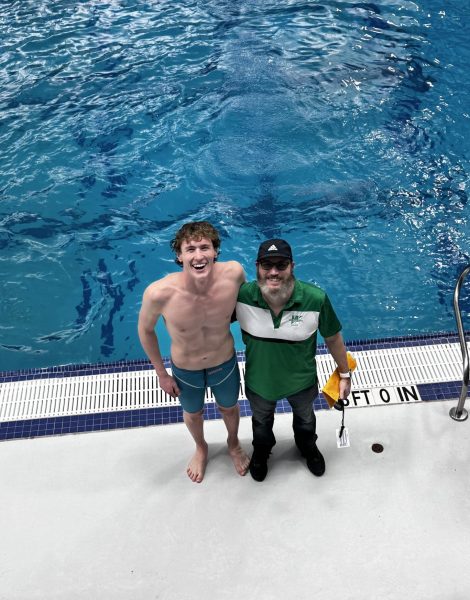 Throughout the season, fighting numerous injuries and even a surgery, Joey had fought for the opportunity to be here, and he wasn’t going to blow his shot. Joey knew he likely wasn’t good enough for Nationals, but he knew he was good enough to beat Wakefield’s swim record; how hard could it be? “The period before the race was a lot harder than actually swimming,” Joey said. “The nerves were overwhelming. I was literally shaking right before the race.” But Joey was ready. He had done everything he could do possible to prepare for the race. He had planned with his mom, a Hall of Fame Division III swimmer, what the race would look like. He got a new tech suit to ensure there was no error with his gear. He was as ready as he would ever be.
Throughout the season, fighting numerous injuries and even a surgery, Joey had fought for the opportunity to be here, and he wasn’t going to blow his shot. Joey knew he likely wasn’t good enough for Nationals, but he knew he was good enough to beat Wakefield’s swim record; how hard could it be? “The period before the race was a lot harder than actually swimming,” Joey said. “The nerves were overwhelming. I was literally shaking right before the race.” But Joey was ready. He had done everything he could do possible to prepare for the race. He had planned with his mom, a Hall of Fame Division III swimmer, what the race would look like. He got a new tech suit to ensure there was no error with his gear. He was as ready as he would ever be.
Joey planned to go all out on his first race with complete disregard for the finals later that day. He had the same strategy for the race: the “fly-and-die” strategy: when the swimmer goes all out at the beginning of the race and hopes that their early lead can keep them in the front until the end when their energy is gone. Joey did just this, with his first lap being one of his fastest ever. While the fly part went well, unfortunately, so did the die part. By the end of the race, he had dropped to 2nd but still ended up destroying Wakefield’s record by 4 seconds. He was ecstatic. “I couldn’t believe my eyes when I saw the time on the board. Even though I finished second, I felt like I had just won the whole meet.”
After high school, Joey plans on going to the University of Redlands, a private university in Southern California, which has Division III swimming and water polo. While he could’ve gone DI, he was “ready to lessen the time [he] spends in the pool.” Still he’s not done yet. This summer, Joey will compete in the Junior Olympics in Northern California. He’s placed third in the past and has his eyes on the gold.










